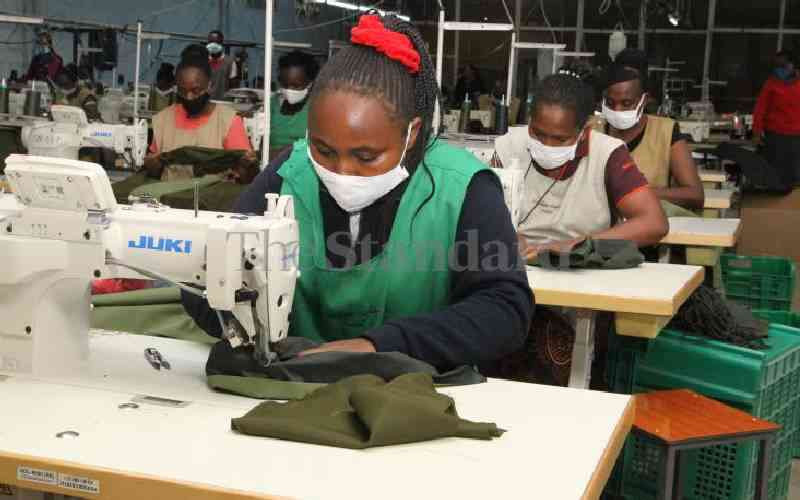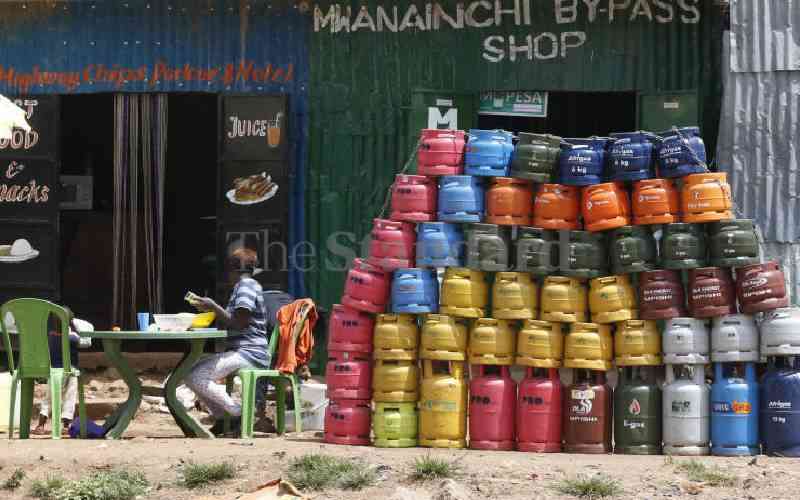By Macharia Kamau
The battle over limestone deposits is somewhat legendary, but clinker is a scarce and a key ingredient in cement production.
Though the country has vast deposits of limestone, cement makers spend heavily producing or importing clinker as local supply cannot satisfy demand.
The raw material, which is produced from limestone, is also a bigger headache for the industry as it accounts for more than 22 per cent of the operating expenditure.
A report by Renaissance Capital notes cement manufacturers in the country and region should expect reduced profitability unless they device modalities to save on both clinker and power.
Clinker and power account for the largest fraction of operational expenses for cement makers at more than 42 per cent.
"Most producers should record reduced profitability per tonne except those that can save on energy and raw materials (mostly imported clinker) consumption," says the June 2011 Renaissance Capital report titled East African Cement: Cement Beyond Borders.
Limestone Deposits
"Most of the clinker is produced near Mombasa and Dar-es-Salaam, where most of the limestone deposits are located and where more cheap combustible fuel is available (local gas in Tanzania and imported fuel in Tanzania and Kenya). The clinker is then shipped to Nairobi for grinding or further inland to the other East African countries."
Though a big headache for industry players, it is also an opportunity for those with clinker manufacturing facilities to sell the product to rivals.
The downside, however, is that the bulk of the clinker is consumed locally and at times these firms too have to import the product due to limited production capacity.
And in bid to cut operating costs, cement manufacturers are increasing clinker production capacity. Athi River Mining (ARM), East African Portland Cement and the new kid on the block — National Cement — have expressed interest in either upping their clinker production capacity or setting up clinker production facilities.
"We have completed the expansion of the Kaloleni clinker plant, increasing the capacity from 650 tonnes per day to 1,500 tonnes.
This allows us to produce 650,000 tonnes of cement a year," said ARM chairman Rick Ashley.
Value Chain
He, however, noted locally produced clinker is not adequate for the industry. The 1,500 tonnes produced a day by ARM can only manufacture of 650,000 tonnes of cement a year, while the firm has an annual production capacity of over one million tonnes of cement.
ARM expects the deficit to be bridged when its Tanzanian plant is operational.
"The combined cement grinding capacity of our two Kenyan plants is now one million tonnes a year," said Ashley.
He also emphasised that there was an opportunity in supplying other cement manufacturers with clinker saying the firm had considered increasing capacity of its facility in the country.
"The company will continue to grow the cement business with integrated clinker and cement manufacturing capacity in the region to capture the full value chain of the cement manufacturing business."
 The Standard Group Plc is a multi-media organization with investments in media
platforms spanning newspaper print operations, television, radio broadcasting,
digital and online services. The Standard Group is recognized as a leading
multi-media house in Kenya with a key influence in matters of national and
international interest.
The Standard Group Plc is a multi-media organization with investments in media
platforms spanning newspaper print operations, television, radio broadcasting,
digital and online services. The Standard Group is recognized as a leading
multi-media house in Kenya with a key influence in matters of national and
international interest.
 The Standard Group Plc is a multi-media organization with investments in media
platforms spanning newspaper print operations, television, radio broadcasting,
digital and online services. The Standard Group is recognized as a leading
multi-media house in Kenya with a key influence in matters of national and
international interest.
The Standard Group Plc is a multi-media organization with investments in media
platforms spanning newspaper print operations, television, radio broadcasting,
digital and online services. The Standard Group is recognized as a leading
multi-media house in Kenya with a key influence in matters of national and
international interest.









